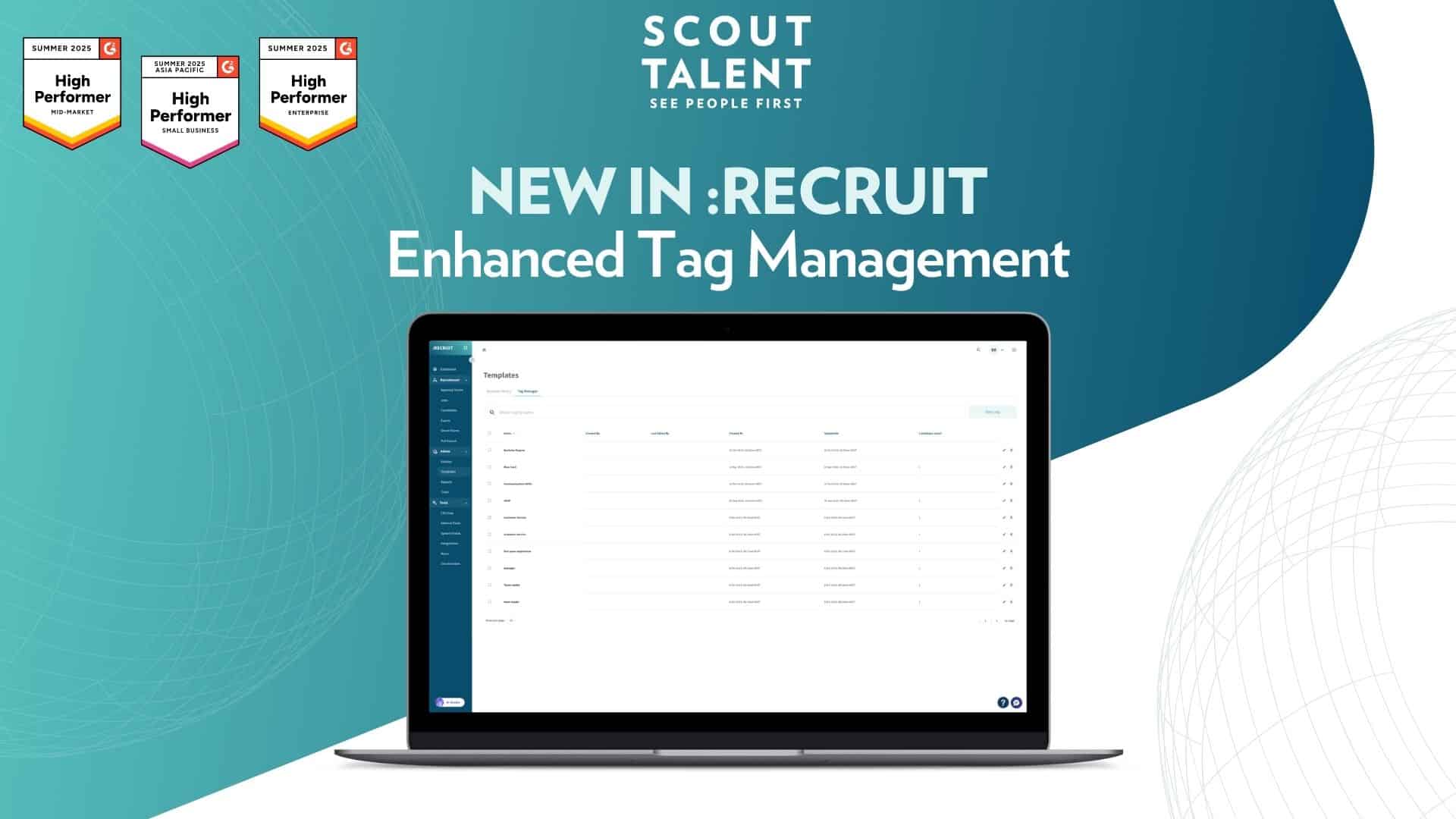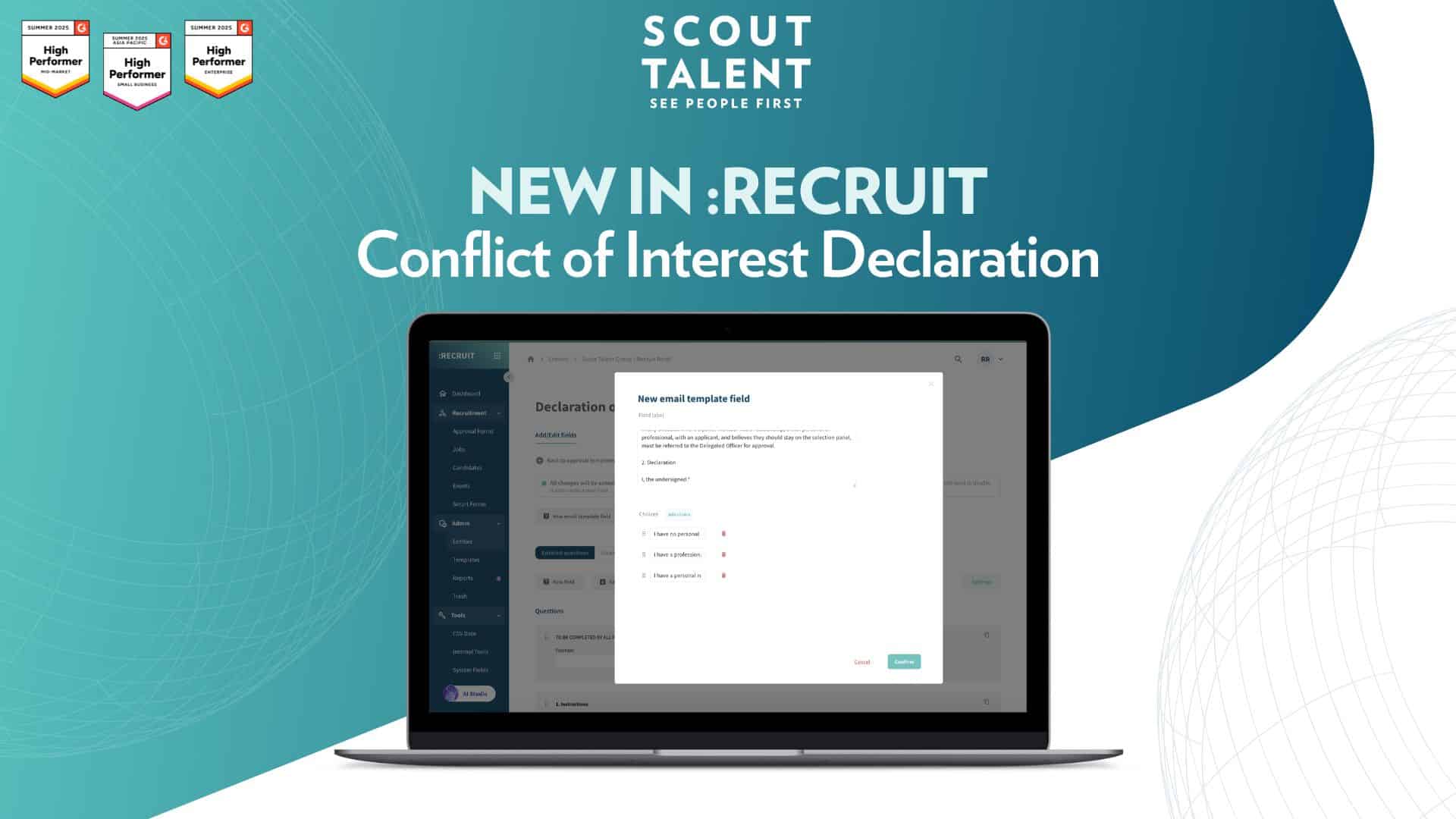All successful talent acquisition functions revolve around three core processes: attracting, recruiting, and onboarding new team members. These processes are underpinned by three core tenets: consistent candidate experience, high-quality talent, and continuously improving efficiencies. Creating a holistic talent acquisition process that weaves these threads together may require some support, particularly if you want to create something effective and scalable. A recruitment CRM synthesises these elements, saving time for your team, and producing excellent hiring outcomes. Now, you need to build a business case for new software to get buy-in at higher levels of the organisation. Here’s how:
1. Prepare and plan your time
The first thing you need to do is block out time to systematically work through the following steps. Start with about an hour to consider the following steps and plot out a timeline of events. Some of the things you’ll spend time on include: browsing your options, booking demos, consolidating findings, and presenting to your exec team. Each of these steps is expanded on below.
Next, talk to your direct leader or someone from procurement. Ascertain the usual process for acquiring a new tool, and what you need to prepare for a successful proposal. The most important thing to consider is what sort of budget is available for a recruitment CRM. A compelling business case for new software can overcome some budget objections. But, knowing what you’re up against informs the breadth of your research and data.
2. Quantify your goals and pain points
The most compelling way to build a business case for a recruitment CRM is to centre your team’s pain points. Set a couple of hours aside to examine your daily workflow. Determine what an hour of your time is worth versus how much time you spend on tasks that can be automated with a recruitment CRM. Zoom out and determine how much time, therefore money, your team invests in these tasks. The dollar value of hiring for a single role may be comparable to or even more than the annual cost of a recruitment CRM.
3. Leverage software review websites and your network
Software review websites are an incredibly useful resource to help you identify a suitable recruitment CRM platform that meets your needs and budgetary requirements. Scope the recruitment CRM landscape and ascertain which platforms are most loved by organisations like yours. For starters, research a handful of potential platforms that solve your major pain points.
You’ll want to back this research up with real-life feedback from people in your network to get your leaders on board. You may be able to find people in your network who use these software tools every day. If not, scout for local networking groups on LinkedIn and reach out for feedback on their experiences. This is a great way to verify what you find on review websites with up-to-date feedback.
4. Conduct demos with your shortlist
Over one to two weeks, book discovery calls and demos with your shortlist of providers. Draft a SWOT analysis of each recruitment CRM and compress these notes into your business case for new software. When you present this to your exec team, they’re going to want to see your reflections based on your team’s unique needs, not just reviews and LinkedIn comments from people you don’t know. Where possible, pilot the software to test your initial assessments of each platform.
During your discovery calls and demos, be transparent about your needs, wants, and hesitations. The account executive and/or client success specialist on call is there to support you in building your business case and solving as many of your problems with one streamlined platform.
Once you’ve conducted your demos and compiled your notes, distil these into a list of pros and cons. Keep it succinct – think of it as a flash card for each platform. Include things like:
- Software provider;
- Features that solve pain points;
- Implementation timelines;
- Pricing; and,
- Somewhere to record notes on specific competitive differences or red flags.
5. Present findings to your leaders
At this point, you’ve scoped the landscape, understand which tools solve your pain points, and have made your findings as digestible as possible (this could be a concise slideshow and supporting spreadsheet of pros and cons). Make sure to emphasise the pain that your current process causes and the ROI of your chosen recruitment CRM. Outline key features that will save your team time and money. Those big-picture projects that your leaders are longing to see delivered? Emphasise how can use your saved time to progress them.
If you’re ready to start streamlining your talent acquisition process, connect with us to book a demo and learn more about our platform and talent acquisition solutions.



